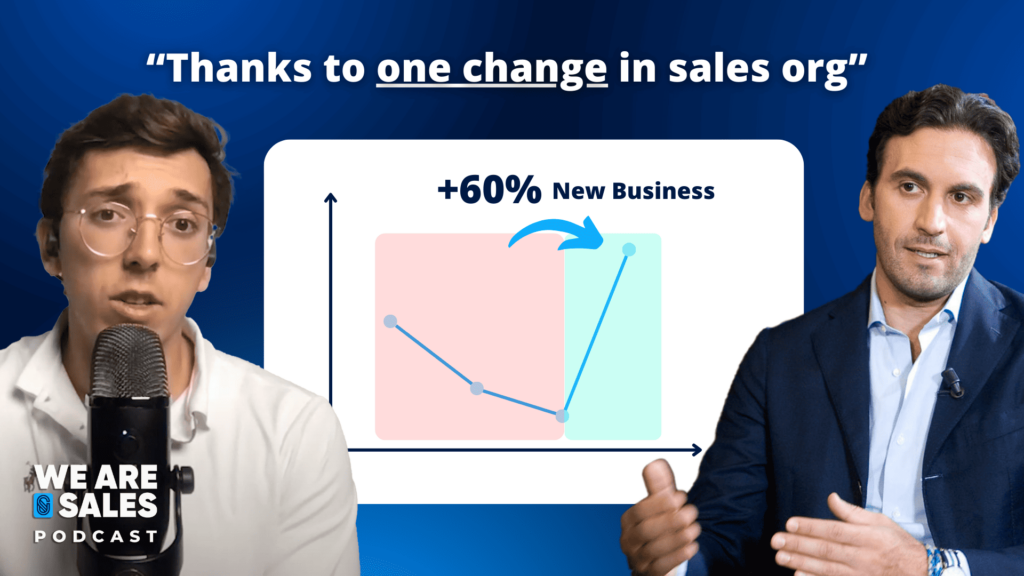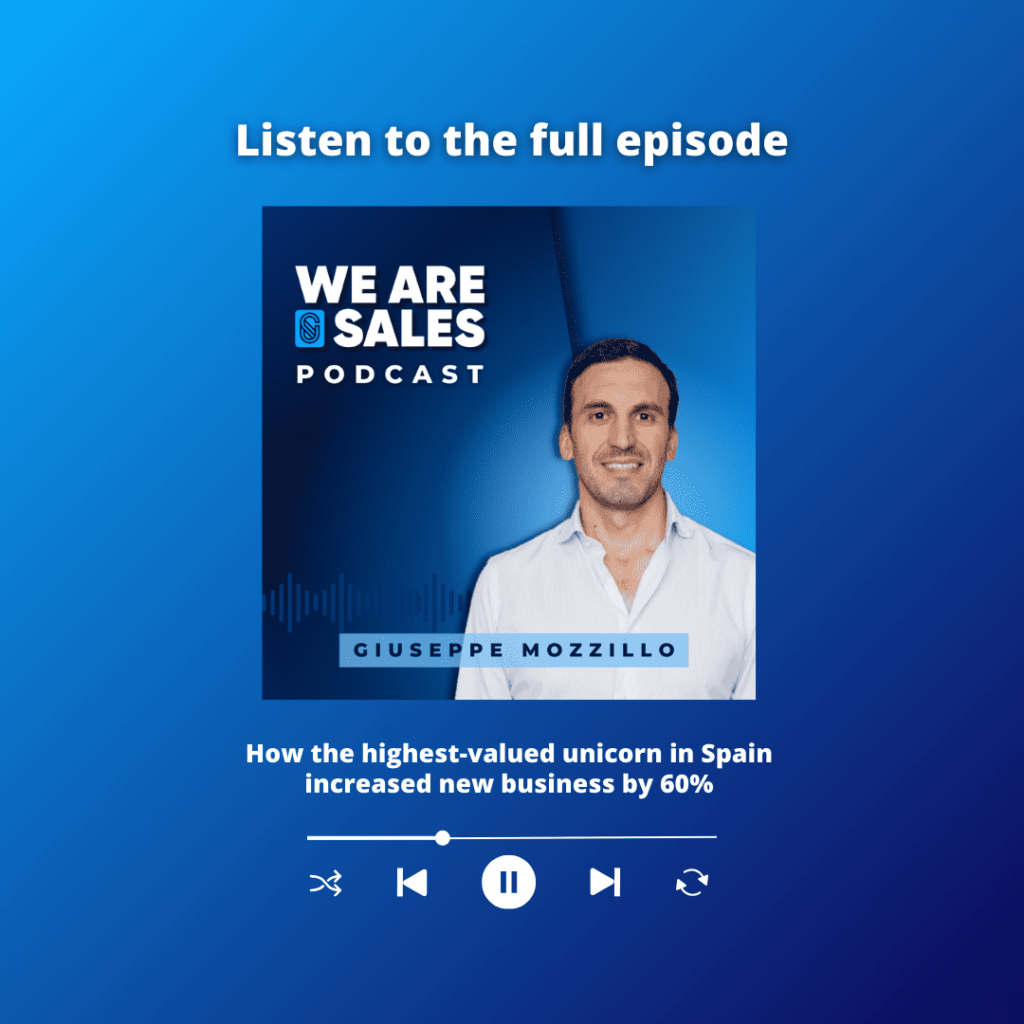Share:
How Job&Talent successfully split the sales team in a “hunting” and “farming” team

We introduce you to the CRO of the highest-valued unicorn in Spain, Giuseppe Mozzillo. The unicorn we are talking about is Job&Talent.
Job&Talent is a world-leading platform that operates as a marketplace for temporary workers, with a focus on blue-collar industries like logistics, call centers, and data entry.
Their GTM strategy is to land & expand inside carefully selected logos. While this was a very effective growth strategy at the beginning, they eventually faced a bump in the road.
You see – the sales reps used to be responsible for the full sales cycle: landing and expanding the accounts, but as you can imagine, once a rep has too many accounts inside their portfolio, new business starts to decrease.
That was the moment they knew they had to rethink their current approach.
Their solution: splitting the team in two. They split the team in a hunting team, focusing on new business, and a farming team, focusing on account management.
During this transition, though necessary, they faced a lot of hurdles. That’s why in this article we are focusing on the most interesting learnings from our interview with Giuseppe 👇
This transformation enabled Job&Talent’s New Business to grow by 60% and totals 12% of total revenue, compared to 6% from before the transformation.
Want more articles like this one directly in your mailbox?
Establish an effective compensation structure that incentivise collaboration
One of the big challenges Job&Talent had to face after the transformation was the collaboration between these two new teams.
If the hunter just needs to sign the deal, he does that and there is no follow up. On the other side, the account manager wouldn’t want to work with a new logo, as it is more complex than existing accounts. We realised we had to change the commission system, if we wanted better collaboration.
The chosen remuneration system seems pretty standard at first glance:
Business developers are remunerated based on new business and account managers based on portfolio growth. However, it’s not that straight forward.
Following additions made all the difference in the way these two work together:
- New business only counts when the new account switches to “activated” status. This happens when the MRR for that account reaches a minimum of 50k.
- Whatever the business developer brings in would also count as portfolio growth for the account manager, while the quota is calculated on existing accounts only.
This means, that on the one hand, the business developer stays on top of the account, until the account has been grown enough by the account manager.
On the other hand, the account manager is also incentivised to push these new accounts ASAP to 50k MRR, as they can use new account revenue to exceed their quota.
This significantly increased collaboration between the two teams.
Build a deep onboarding to ensure a seamless transition to the account manager
Another challenge was the transfer of account insights as gathered by the business developer to the account manager.
A first step is to incorporate the account manager at the start of the closing phase:
One reason for this was so that the client gets familiar with the account manager, and secondly, it was to make sure there is a good transfer of knowledge.
Next to that, the account manager must undergo a strict and deep onboarding process.
It was important we built a strict process for the transfer of knowledge; we call it “deep onboarding”. The system enforces detailed documentation by the business developer, otherwise the account manager cannot take over the account.
As a result, we put an end to situations where the business developer had made commitments that the account manager was not aware of.
The more focus there is, the better
Each team honed in on a singular, laser-focused objective. The days of juggling between landing and expanding were gone. This allowed both teams to dedicate their complete attention to their respective goals.
For the new business team, this was a big step forward as it allowed them to dig deeper by setting clear criteria for the accounts they went after.
Before, the goal was to just grow revenue, which was mostly done through growing the portfolio. So whatever new logo came in, that was good. However, now we are very specific on what types of logo you have to land. We look at the sector, the size, etc. The more focus there is, the better.
This allowed Job&Talent to work with a high level of focus on specific logos, which would become important references in the segments they wanted to penetrate.
Last but not least, they also reinforced this focus at the leadership level:
Though it's all about sales, it's not sufficient to have two different teams. We clearly needed different profiles in the leadership team as well. Each one of them with a clear goal and each one of them reporting separately to the country leader.
And just like that, Job&Talent successfully rekindled a renewed sense of focus.
Want more? Listen to the full interview here 👉 🎙How the highest-valued unicorn in Spain increased new business by 60%

